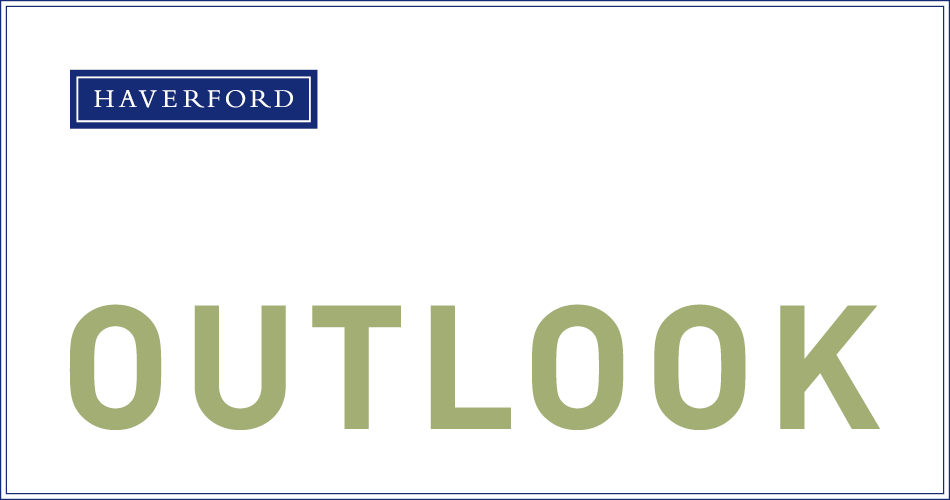Welcome to 2016! We wish it were a happier start to the New Year for global equity markets, but sometimes the markets don’t participate on our time table. Volatility in the Chinese currency, economy and market has introduced increased risk. China’s ruling party has tried unsuccessfully to manage their financial market and, in turn, has probably created more uncertainty and more risk. As a result, the news media is capitalizing on this volatility and fear as they highlight breaking news: China in free-fall. China is indeed struggling with the excesses of over-investment, and emerging economies around the world are struggling with lower commodity prices. China’s Purchasing Managers’ Index (PMI) fell to 48.2% in December, its tenth decline in as many months.
The slowing of China’s economy has been in place now for several years, which we speak to more fully in the attached 2016 Outlook. We don’t believe the Chinese economy, which is the second most important market for goods and services behind the United States, is in free-fall. We see their capital markets as very young, immature and suffering the same panics and manias that all freely traded markets experience. We don’t see the falling Shanghai Index as a harbinger of a U.S. or global recession. In fact, falling commodity prices—namely oil—have never been the leading indicator of a U.S. or global recession. Low commodity prices are good for the consumer, and cheap gas pays real dividends to America’s consumer-centric economy.
On top of concerns regarding China, recent geopolitical tensions have made investors more skittish. In the past week tensions between Saudi Arabia and Iran escalated while the North Korean regime announced they successfully tested a hydrogen bomb. Throughout the past several years, the market has been fairly resilient to geopolitical tensions, such as the rise of ISIS and Russia’s aggressions. The confluence of China’s woes and an uncertain world, though, have been too much for the markets to digest.
This week’s pullback is understandable given the uncertain news coming out of China, the Middle East and North Korea. But the present downdraft will likely be short-lived given the strong footing of the U.S. consumer and job market, as well as the slightly stronger economic news coming out of Europe. Since we believe the United States is not headed into a recession, we forecast the very low likelihood of a bear market. That doesn’t mean the market can’t “correct” and in fact, the market often finds excuses to fall more than 10% about once a year. It is nearly impossible to forecast the next move in the market.
Investors, though, know the market’s next move is unpredictable just as well as they understand that staying the course with a solid investment strategy trumps market-timing over the long-term. This week’s market action feels terrible, and can shake even the most positive investor, but know that with uncertainty comes opportunity. History shows us that markets will rise over time and the costs of admission are volatility, pullbacks, corrections, and bear markets. We have great confidence owning high-quality companies that have successfully navigated all types of economic environments to deliver earnings and dividend growth over time.
